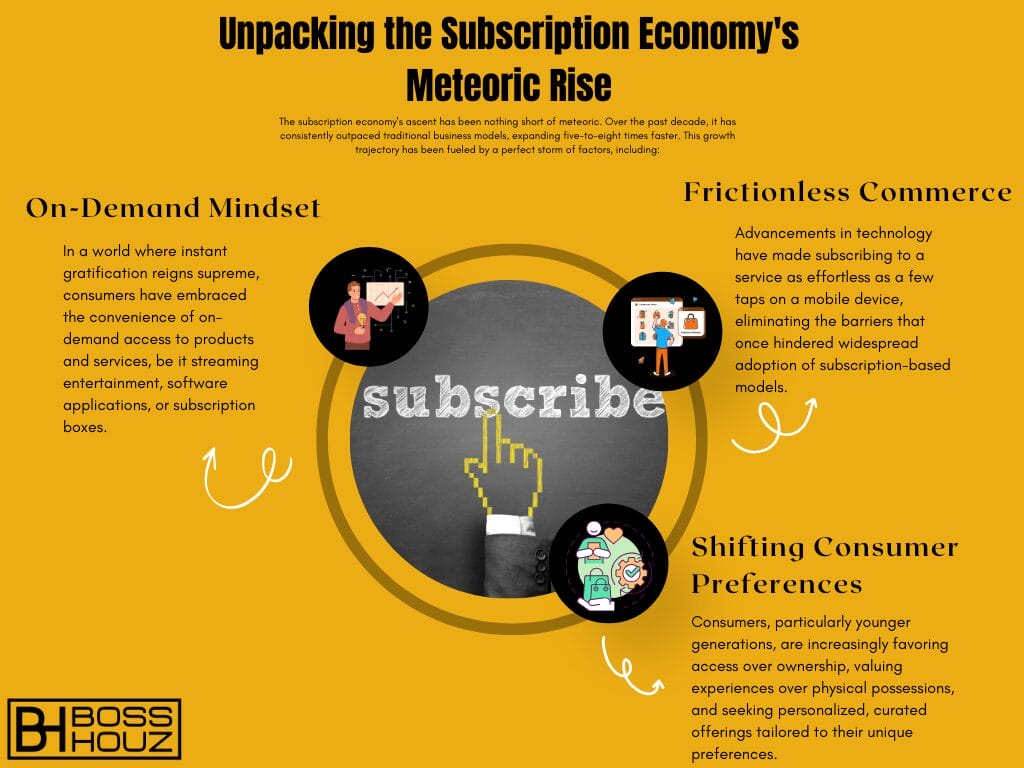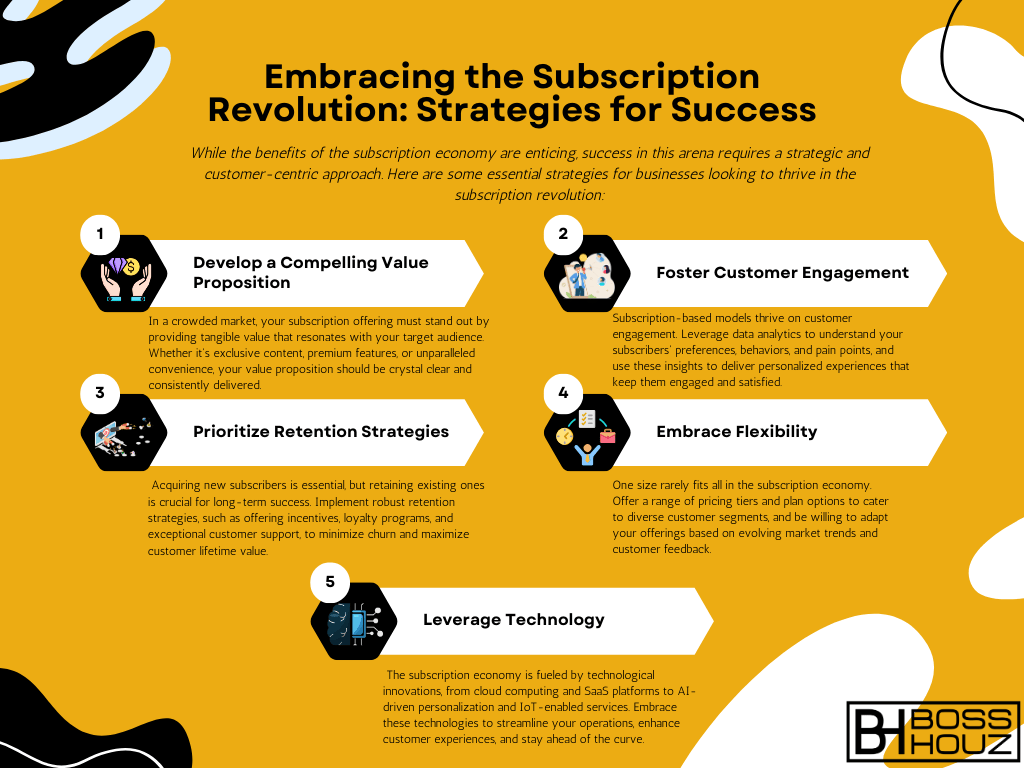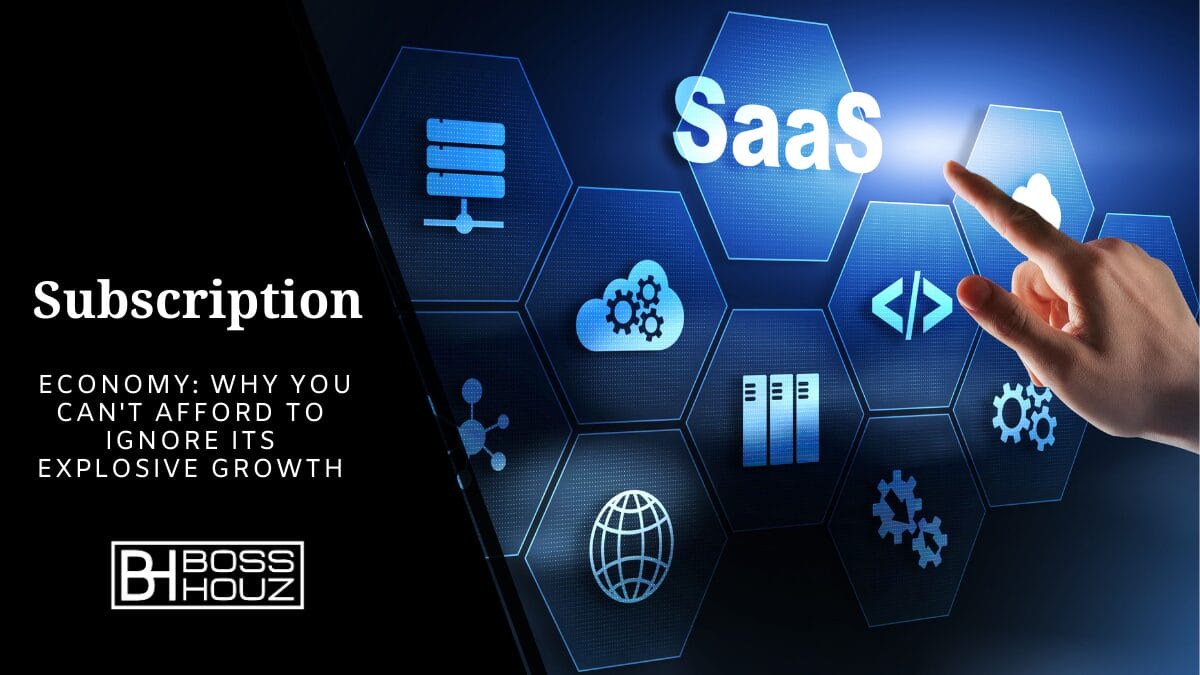Once upon a time, in a not-so-distant past, businesses thrived on the age-old transactional model: create a product, promote it to potential buyers, and secure that elusive one-time purchase. It was a linear, straightforward approach that had endured for centuries. But then, a disruptive force emerged, turning the traditional business landscape on its head – the subscription economy.
In this era of on-demand access and recurring revenue models, the rules have been rewritten. Businesses are no longer vying for a single transaction but rather cultivating long-lasting relationships with their customers, fostering a steady stream of income that defies the constraints of traditional sales cycles.
As the subscription economy continues its explosive growth, ignoring this paradigm shift could be the modern-day equivalent of a self-inflicted business apocalypse. This isn’t just another passing fad; it’s a seismic shift that has reshaped consumer expectations and redefined the very essence of how companies generate revenue.
Key Takeaways:
- The subscription economy is a rapidly growing, multi-billion-dollar juggernaut disrupting traditional business models.
- Companies must adapt to subscription-based offerings or risk being left behind by competitors capitalizing on this model’s revenue potential.
- Subscriptions foster customer loyalty, recurring revenue streams, and higher customer lifetime value (CLTV) compared to one-off purchases.
Table of Contents
Unpacking the Subscription Economy’s Meteoric Rise


The subscription economy’s ascent has been nothing short of meteoric. Over the past decade, it has consistently outpaced traditional business models, expanding five-to-eight times faster. This growth trajectory has been fueled by a perfect storm of factors, including:
- On-Demand Mindset: In a world where instant gratification reigns supreme, consumers have embraced the convenience of on-demand access to products and services, be it streaming entertainment, software applications, or subscription boxes.
- Frictionless Commerce: Advancements in technology have made subscribing to a service as effortless as a few taps on a mobile device, eliminating the barriers that once hindered widespread adoption of subscription-based models.
- Shifting Consumer Preferences: Consumers, particularly younger generations, are increasingly favoring access over ownership, valuing experiences over physical possessions, and seeking personalized, curated offerings tailored to their unique preferences.
At the heart of this paradigm shift lies a fundamental truth: the subscription economy isn’t just a business model; it’s a cultural phenomenon that has permeated every aspect of our daily lives.
The Irresistible Allure for Businesses
While the subscription economy has undoubtedly transformed the consumer landscape, its allure for businesses is equally undeniable. Companies across various industries have embraced subscription-based models, recognizing the myriad benefits they offer, including:
- Predictable Revenue Streams: Unlike the unpredictability of one-time sales, subscription models provide a steady, recurring stream of revenue, allowing for more accurate forecasting, better resource allocation, and improved financial planning.
- Increased Customer Lifetime Value (CLTV): By fostering long-term relationships with customers, businesses can extract significantly higher lifetime value compared to traditional transactional models, where the relationship often ends after a single purchase.
- Valuable Customer Insights: Subscription-based models generate a wealth of data on customer behavior, preferences, and usage patterns, enabling businesses to deliver personalized experiences, optimize retention strategies, and make data-driven decisions.
- Competitive Advantage: In an increasingly crowded marketplace, subscription offerings can differentiate businesses from their competitors, creating a unique value proposition that fosters customer loyalty and advocacy.
Moreover, the subscription economy has proven its resilience during economic uncertainties, with businesses leveraging this model to navigate supply chain disruptions and inflationary pressures more effectively than their traditional counterparts.
Embracing the Subscription Revolution: Strategies for Success


While the benefits of the subscription economy are enticing, success in this arena requires a strategic and customer-centric approach. Here are some essential strategies for businesses looking to thrive in the subscription revolution:
- Develop a Compelling Value Proposition: In a crowded market, your subscription offering must stand out by providing tangible value that resonates with your target audience. Whether it’s exclusive content, premium features, or unparalleled convenience, your value proposition should be crystal clear and consistently delivered.
- Foster Customer Engagement: Subscription-based models thrive on customer engagement. Leverage data analytics to understand your subscribers’ preferences, behaviors, and pain points, and use these insights to deliver personalized experiences that keep them engaged and satisfied.
- Prioritize Retention Strategies: Acquiring new subscribers is essential, but retaining existing ones is crucial for long-term success. Implement robust retention strategies, such as offering incentives, loyalty programs, and exceptional customer support, to minimize churn and maximize customer lifetime value.
- Embrace Flexibility: One size rarely fits all in the subscription economy. Offer a range of pricing tiers and plan options to cater to diverse customer segments, and be willing to adapt your offerings based on evolving market trends and customer feedback.
- Leverage Technology: The subscription economy is fueled by technological innovations, from cloud computing and SaaS platforms to AI-driven personalization and IoT-enabled services. Embrace these technologies to streamline your operations, enhance customer experiences, and stay ahead of the curve.
Overcoming Challenges and Embracing the Future
While the subscription economy presents a wealth of opportunities, it is not without its challenges. Businesses must navigate obstacles such as subscription fatigue, intense competition, and changing consumer preferences. However, those who proactively address these challenges and adapt to emerging trends will be well-positioned for long-term success.
One notable trend is the rise of hybrid subscription models, where businesses combine one-time purchases with subscription offerings, creating a diverse revenue stream and catering to varying customer preferences. Additionally, the integration of AI and machine learning into subscription platforms promises to unlock new levels of personalization and customer engagement, further solidifying the subscription economy’s dominance.
As we look to the future, one thing is clear: the subscription economy is here to stay, and it’s poised to disrupt industries that have historically relied on traditional business models. From healthcare and education to transportation and beyond, the possibilities for subscription-based offerings are virtually limitless.
Real-World Subscription Success Stories
To truly appreciate the transformative power of the subscription economy, let’s explore two real-world success stories:
Adobe: From Software Sales to Subscription Powerhouse
Adobe, the software giant behind creative powerhouses like Photoshop and Illustrator, underwent a bold transformation in 2013 by shifting from a traditional software sales model to a subscription-based approach with its Creative Cloud offering.
Initially met with skepticism, Adobe’s subscription model has proven to be a resounding success. By providing continuous software updates, cloud storage, and a suite of creative tools accessible across devices, Adobe has fostered a loyal subscriber base, generating a steady stream of recurring revenue and cementing its position as an industry leader in the subscription economy.
Dollar Shave Club: Disrupting the Razor Industry
In 2011, a scrappy startup called Dollar Shave Club burst onto the scene with a simple but ingenious idea: delivering premium razors directly to customers’ doorsteps through a convenient subscription service.
By leveraging creative marketing, a compelling value proposition, and a seamless subscription experience, Dollar Shave Club disrupted a stagnant industry dominated by traditional retail models. Within five years, the company had amassed over three million subscribers and was acquired by global consumer products giant Unilever for a staggering $1 billion.
These success stories exemplify the transformative potential of the subscription economy, demonstrating how companies can capitalize on this model to drive growth, foster customer loyalty, and disrupt established industries.
FAQs: Addressing Common Concerns and Misunderstandings
As with any paradigm shift, the subscription economy has sparked a multitude of questions and concerns from businesses and consumers alike. Let’s address some of the most common FAQs:
General Understanding:
- How is the subscription economy different from the traditional sales model? Traditional sales models focus on one-time transactions, where the customer’s relationship with the business often ends after the purchase. In contrast, the subscription economy fosters ongoing relationships, generating recurring revenue and enabling businesses to deliver continuous value.
- What are the benefits of the subscription economy for businesses? Benefits for businesses include predictable revenue streams, increased customer lifetime value, valuable customer insights, competitive differentiation, and resilience against economic uncertainties.
- What are the benefits of the subscription economy for consumers? Consumers benefit from on-demand access to products and services, personalized experiences, and the ability to access premium offerings without substantial upfront costs.
Business Implementation:
- How can I determine if a subscription model is right for my business? Evaluate your industry’s readiness for subscription-based offerings, analyze your target market’s receptiveness, and assess your ability to consistently deliver value and foster long-term customer relationships.
- What are the key factors to consider when developing a subscription offering? Consider your unique value proposition, pricing strategy, customer acquisition and retention tactics, and the technological infrastructure required to support a subscription-based model.
- How can I price my subscription service competitively? Conduct market research, analyze competitors’ pricing strategies, and consider offering flexible pricing tiers and plans to cater to diverse customer segments.
Challenges and Future Outlook:
- What are the biggest challenges facing the subscription economy? Major challenges include subscription fatigue, intense competition, changing consumer preferences, and the need to constantly evolve offerings to maintain value and relevance.
- How can businesses adapt to these challenges? Businesses must prioritize customer experience, continuously innovate and diversify their offerings, leverage data and technology to optimize operations, and embrace flexibility to cater to evolving market trends.
Wrapping Things up
The subscription economy is no longer a niche phenomenon; it’s a juggernaut reshaping the very fabric of how businesses operate and consumers engage with products and services. As an expert in this field, Boss Houz understands the transformative potential of this paradigm shift and the urgency for businesses to embrace it.
Ignoring the subscription economy’s explosive growth is akin to willfully turning a blind eye to the future – a surefire path to obsolescence in an era defined by disruption and innovation. Businesses that fail to adapt risk being outmaneuvered by agile competitors capitalizing on the subscription model’s revenue potential and customer-centric approach.
The subscription economy presents a myriad of opportunities for those willing to venture beyond the confines of traditional business models. Whether you’re a startup seeking to disrupt an established industry or an established enterprise looking to revitalize your offerings, the time to embark on your subscription journey is now.
The subscription economy is here to stay, and the choice is simple: adapt or be left behind. Embrace the future, and watch your business thrive in this era of explosive growth.








